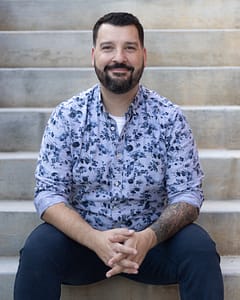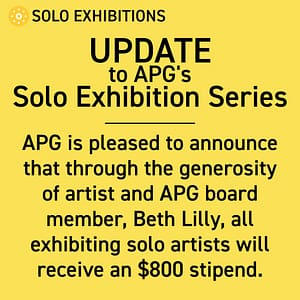Rick Schatzberg is originally from Long Island, NY, and except for a couple of years in Yellow Springs, Ohio, has lived in the metropolitan New York City area for the majority of his life. In his photography, the majesty and the mundane of the world are afforded equal reverence; the satellite dish and the sunset are seen with the same clarity. It is plain to see why juror Anna Walker Skillman chose one of his photos for our Revealing The Real exhibition.
When and how did you first become interested in photography?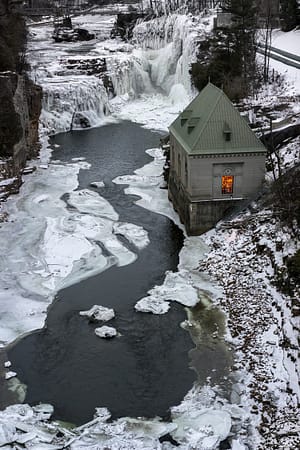
The short answer is that I started making photographs about 5 ½ years ago, and that an interest in documenting the places I spent time in or passed through went from casual to compulsive almost immediately… The more complicated story is that I have had an interest in photography most of my life (I am 62). For a few years – in my late teens through early 20’s – I was interested in making pictures of the people around me, mostly in lower Manhattan in the late 1970s. I stopped photographing, but as my career (in business) developed and I had more disposable income, my wife Marilyn and I began collecting, occasionally buying a photograph for our home as a joint anniversary present. It’s a fairly modest collection but it represents a long term and consistent interest in photography.
Can you talk a little bit about your process?
I work on my photography 7 days a week, whether I am in the mood or not. I think you have to be disciplined and somewhat obsessed for it to be a real practice, which doesn’t mean it can’t also be fun, but it can’t just be fun. Nor can you rely solely on inspiration. I think photography is a language, to be fluent you must work at it with persistence. You can tell if you are getting better at it if you are being understood.
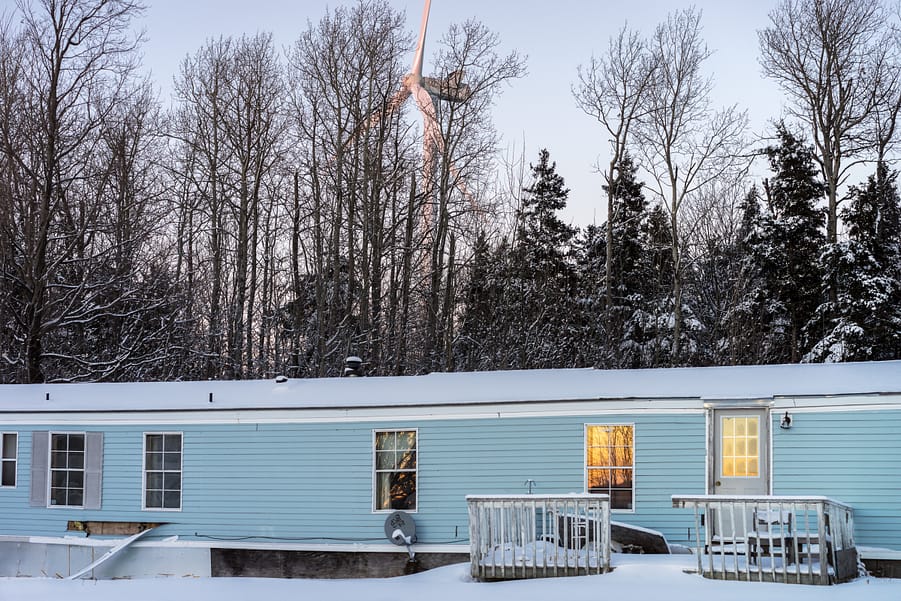
Who or what inspires you?
It might sound strange to say, but mostly it’s the imagined viewer of my work that inspires me. I had a teacher once who often reminded his students that it’s your desires that people are interested in seeing in your work, not how smart you are. Because a successful work of art doesn’t teach the viewer something new so much as remind her of something worth remembering: home, loss, longing, anxiety, etc. To communicate this you have to be uninhibited and often uncomfortable. You have to figure out what holds you back, and even be willing to embarrass yourself. This idea that making a successful photograph is a matter of digging so deeply into myself and sharing the results with viewers is what motivates me.
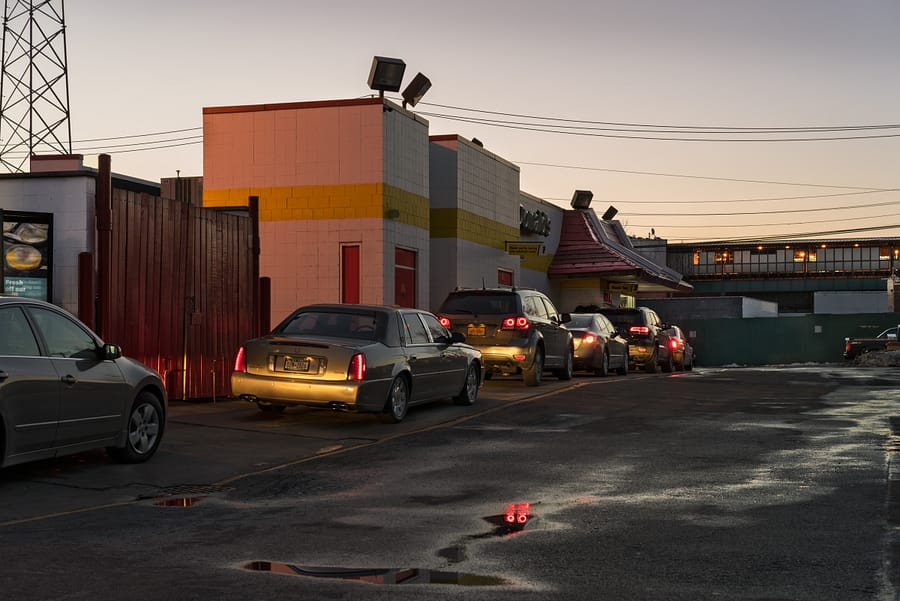
What role does nature play in your work?
I love exploring places, including what we call nature. But I am mostly interested in what we humans do to the landscape, and vice versa. It’s the latter half of that equation that’s often a little less obvious and a lot more complicated. It’s why my favorite subject matter is often figures in the landscape, or else the traces of activity we leave everywhere. I have come to see a place as process rather than fact.
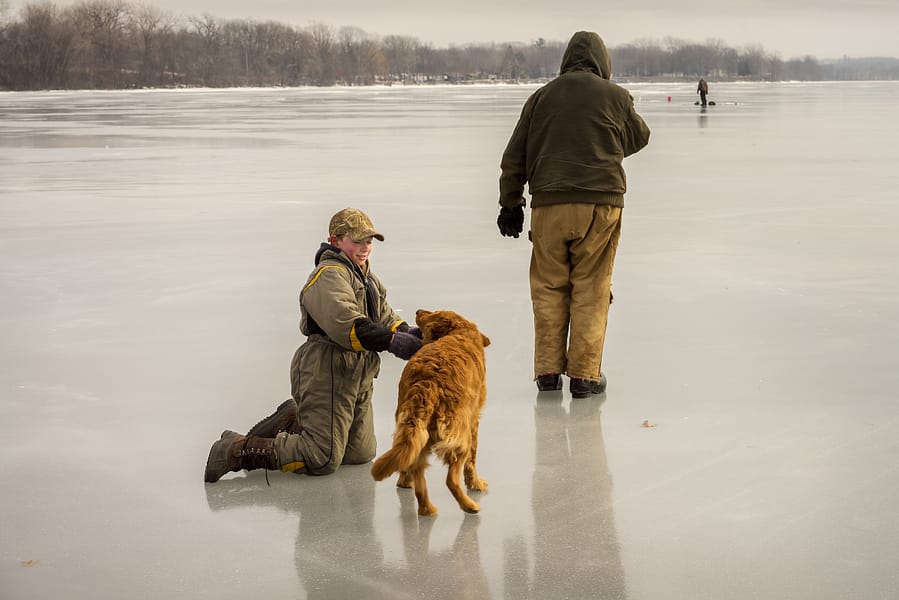
Do you have a dream project or subject you would like to photograph?
When you start a photography practice at a somewhat advanced age, as I have, it’s probably a good idea for your dream project to be the one you are currently working on. Right now I am exploring the relationship between people, places, and food, working in the region of Upstate New York I began exploring in my previous series, Twenty Two North. I have chosen a few locations where I am photographing the soil, weather, water, animals, laborers, community, and handmade food products. I see end-to-end culinary practice, which relies on a rapport between an environment and its inhabitants, as articulating a landscape and a culture. It feels appropriate for this project to be working mostly with a large format camera (4×5) and color film, which is a very deliberate and fairly labor-intensive process.
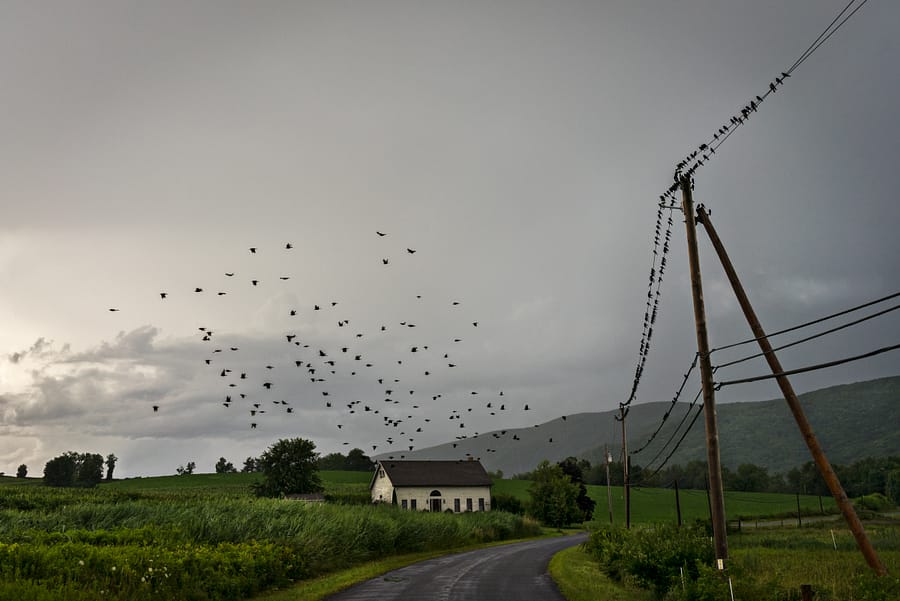
What’s your favorite place to see art?
Living in NYC I have the good fortune to be surrounded by so much art. To be able to study Old Master paintings in the Metropolitan or Frick Museum one day, Modernist work at MoMA, the Guggenheim, or Whitney the next, and go to galleries in Chelsea, the Lower East Side, or Brooklyn the following day is a real luxury. Of course you have to be careful, because too much of this can actually be a form of procrastination and an excuse for not making your own work.
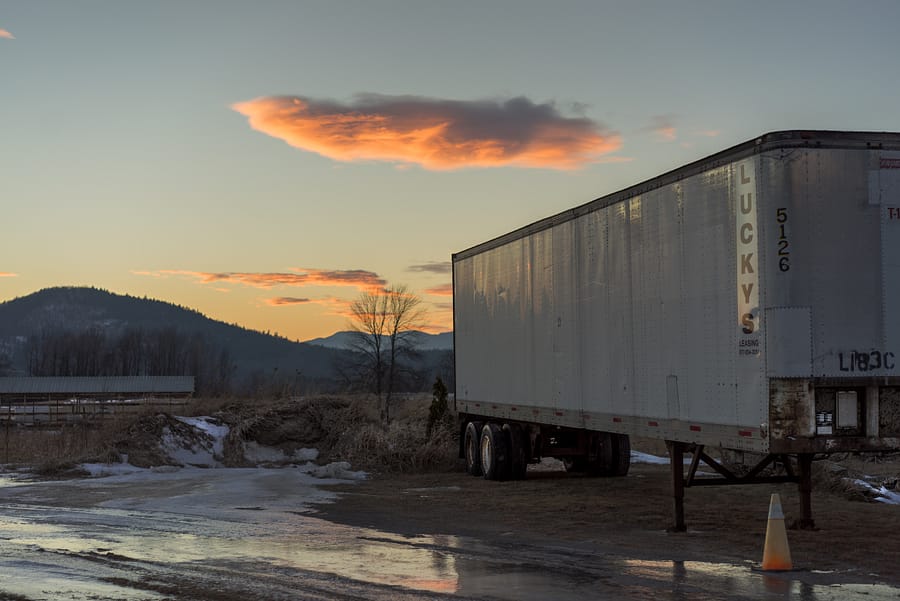
How can people find your work on the web?
My website is rickschatzberg.com. Some of my work was recently featured on Lenscratch, a daily photography journal founded by Aline Smithson, a wonderful photographer in her own right.


